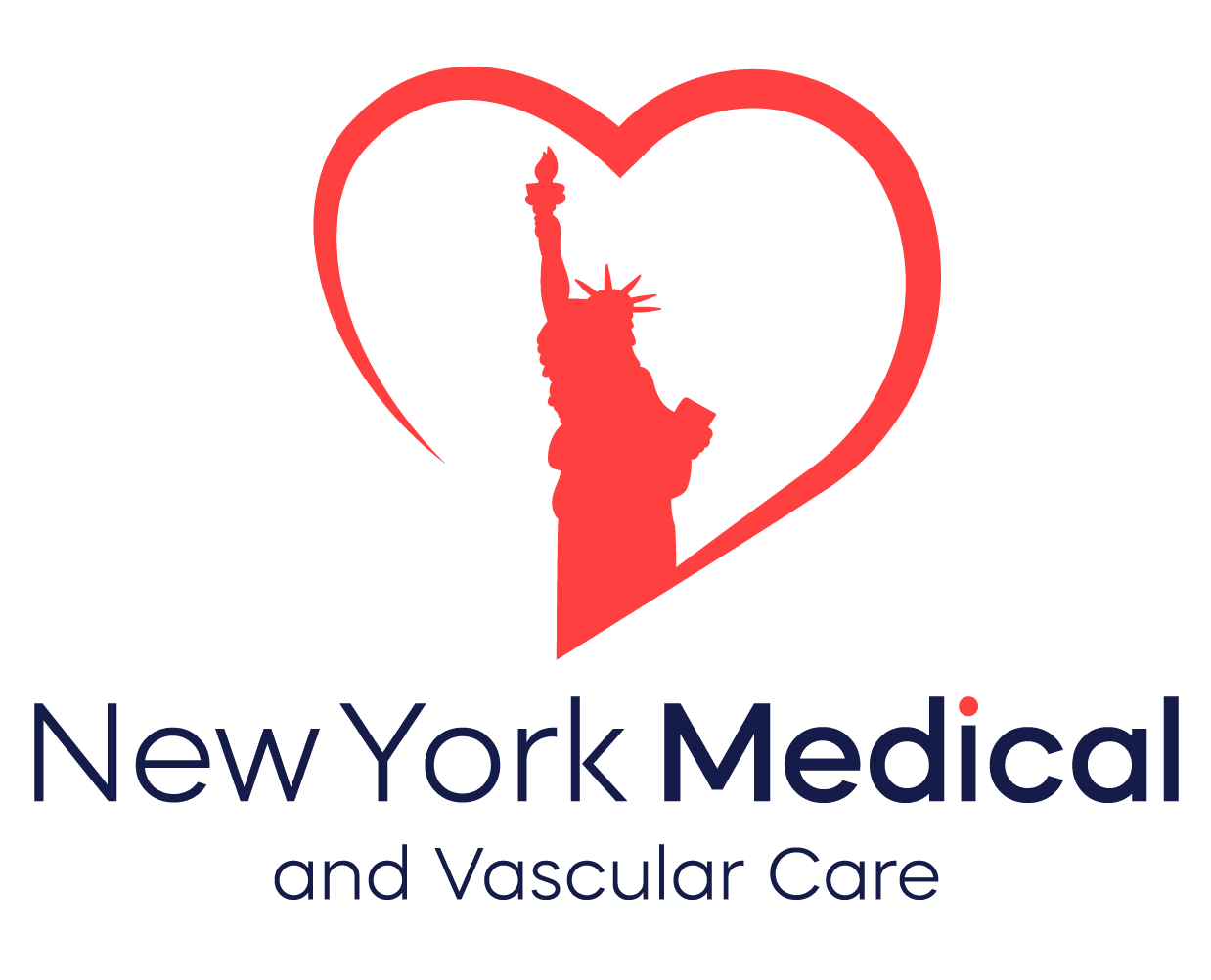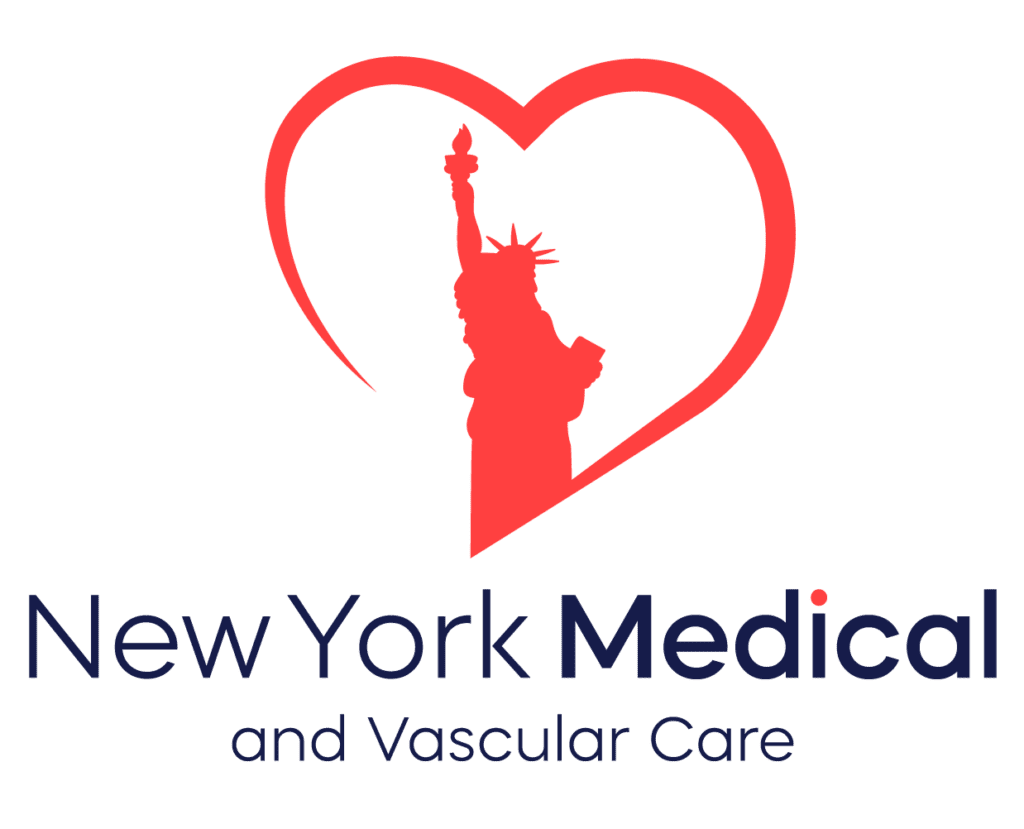Heavy, achy legs. Bulging varicose veins. Ankle swelling that leaves sock marks. For millions, these symptoms point to chronic venous disease (CVD)—and treatment options can be confusing. In June 2025, the Society for Cardiovascular Angiography & Interventions (SCAI) released new Clinical Practice Guidelines for CVD, bringing clarity to when to use compression, ablation, sclerotherapy, venoplasty/stenting, and more. Here’s a plain‑English summary of what’s new and how NYMVCare applies it. (SCAI)
A quick primer: What is CVD?
Veins return blood to the heart. When vein valves weaken (venous reflux) or a deep vein is narrowed/blocked (obstruction), blood pools in the legs. Symptoms can include heaviness, throbbing, swelling, restless legs, skin darkening, and in advanced cases venous ulcers. A duplex ultrasound maps which veins are failing so we can match treatment to cause—not just to how veins look.
The stepwise approach in the 2025 SCAI guideline
The new guideline emphasizes graduated care, balancing symptom relief, healing, durability, and patient preference.
- Compression therapy
- Suggested for people with symptomatic varicose veins.
- Strongly recommended in patients with venous ulcers, alongside wound care. Compression reduces edema, promotes venous return, and speeds healing. (jscai.org, Endovascular Today)
- Suggested for people with symptomatic varicose veins.
- Ablation for refluxing saphenous veins
When ultrasound shows axial reflux in the great or small saphenous vein, the guideline supports endovenous ablation (radiofrequency or laser) often combined with conservative measures. This is typically an office‑based procedure with local anesthesia and rapid recovery. Over the last decade, ablation has matched or outperformed surgical vein stripping in outcomes with fewer complications. (jscai.org, PMC)
- Sclerotherapy and phlebectomy
For tributary veins and spider/reticular veins, sclerotherapy (injecting a tiny amount of medication to collapse the vein) or ambulatory phlebectomy can be used—often after treating the main source of reflux so results last. Patient education matters: these are symptom‑focused and cosmetic‑adjacent options; the underlying hemodynamics guide sequencing. (jscai.org, Cleveland Clinic)
- Deep venous obstruction (iliac/iliocaval disease)
In carefully selected patients with chronic deep venous obstruction or stenosis and persistent symptoms (swelling, pain, nonhealing ulcers) despite conservative care, venoplasty and/or stenting may be offered. The guideline frames this as a conditional recommendation reflecting real benefits for the right anatomy—balanced against stent durability considerations and patient preference. (SCAI)
What’s genuinely “new” here?
- A clearer, patient‑centered roadmap from compression and wound care to minimally invasive options, with transparent grading of evidence.
- Practical statements about when to escalate from conservative care to ablation/sclerotherapy, and when to image for obstruction that might benefit from stenting.
- Reinforcement that endovenous ablation is generally preferred over stripping when anatomy allows. (SCAI, PMC)
How this translates to your visit at NYMVCare
- Duplex ultrasound to map reflux and rule in/out obstruction.
- Personalized plan using the SCAI stepwise approach.
- Compression coaching and skin care if you’re early‑stage or have ulcers.
- Office‑based ablation for refluxing saphenous veins when symptoms persist (typically 30–60 minutes, walking the same day).
- Sclerotherapy/phlebectomy for tributaries and cosmetic concerns after the main reflux is fixed.
- Consider iliac venography/IVUS if imaging suggests deep venous obstruction and symptoms are severe.
FAQs patients ask
Will compression alone fix my veins?
Compression controls symptoms and supports healing; it doesn’t “cure” reflux. Many patients feel best after ablation of the refluxing saphenous trunk, with compression used as support. (jscai.org)
How long is recovery after ablation?
Most people walk the same day and resume normal activities within 24–48 hours. Bruising is common and fades in 1–2 weeks. Results are often noticeable within weeks as swelling and heaviness improve. (PMC)
When is stenting considered?
If you have persistent swelling, pain, or nonhealing ulcers despite treating reflux and using compression—and imaging shows iliac or caval narrowing—we discuss the pros/cons of stenting. Decisions are individualized. (SCAI)
The bottom line
The 2025 SCAI guideline clarifies a structured, minimally invasive path to relief. At NYMVCare, we use this framework to align treatment with your symptoms, goals, and anatomy—no guesswork. Call
1-877-877-1118 or book online for a comprehensive venous evaluation. (SCAI)
Educational content; not medical advice.


